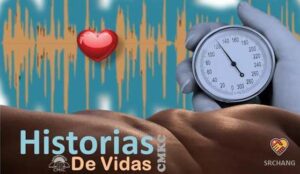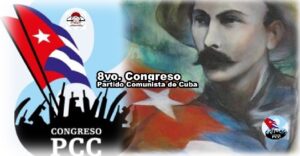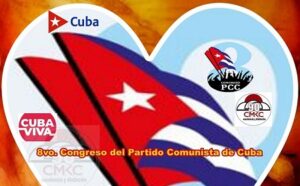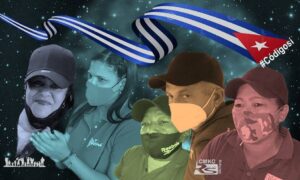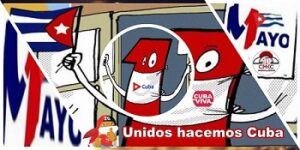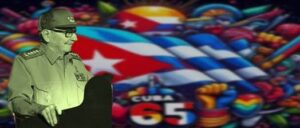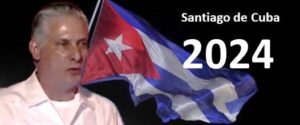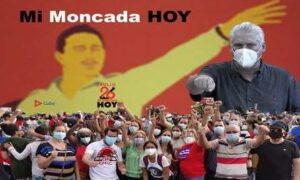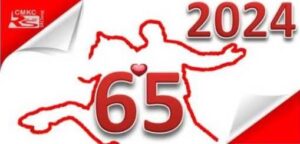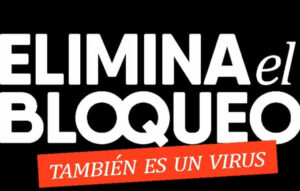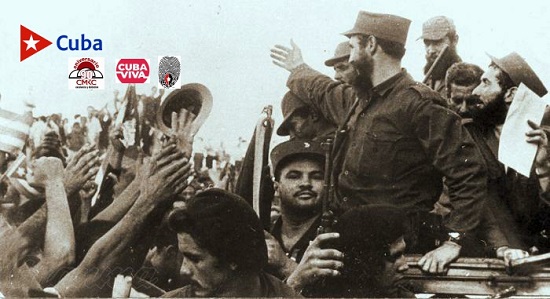

Fidel.- This January 8, the Cuban people will again experience the euphoria, genuine gratitude and love for those who, with Fidel as the undisputed leader of the Revolution in the lead, reaffirmed the promise of a free Homeland and travelled across the island proclaiming hope for a more just Cuba in 1959. Today Fidel enters Havana in a caravan of young people who revere the history of a consummated victory.
Yesterday, the town of Madruga, in the province of Mayabeque, awoke to the thundering sound of horns and the energetic roar of youth, when the Freedom Caravan stopped at La Palmita, as part of the re-enactment of the Rebel Army’s journey from Santiago de Cuba to Havana.
The Freedom Caravan also passed through the Matanzas towns of Colón, Perico, Jovellanos and Limonar, along the historic route, before reaching the provincial capital, where given the COVID-19 situation in the province, the commemoration was limited to a simple but heartfelt demonstration of love and gratitude to the rebels, and especially to Fidel, always in the forefront, yesterday and today.
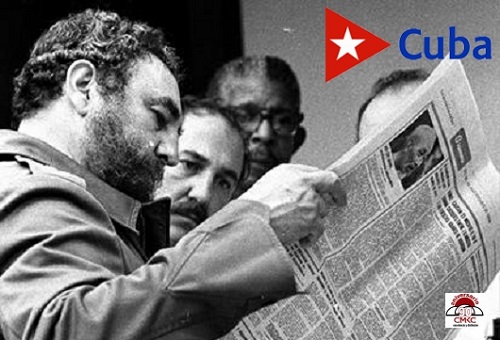
Fidel, rising to the occasion, again and again
When Fidel Castro stood on the back of that amphibious jeep, which in the middle of the flood looked more like a floating leaf than a military vehicle, what he really thought he had before his eyes was the Amazon River itself, rushing into the Gulf of Guacanayabo.
Hurricane Flora had made a loop over the current provinces of Las Tunas, Granma, Holguín and Camagüey, following an erratic path and delivering heavy rain, more devastating than the winds, which swallowed the broad Cauto River Plain and, with it, the lives of some 2,000 persons; destroying 4,000 caballerias of rice, thousands of homes, and the road infrastructure of an entire region.
Even Valentina Tereshkova, the world’s first female cosmonaut, coincidentally visiting Cuba, offered to help in the rescue of the inundated population, a task led by Fidel himself, who mobilized the country’s most experienced pilots and ordered the impossible, to save the humble residents, like those of Pinalito, who worked part of the year in the sugar cane harvest and the other part picking coffee.
The story goes that, with his legendary long view always under consideration, before the battle against Flora’s waters had ended, Fidel sent for Comandante Faustino Perez, and right there, on the hood of an olive green jeep with a map stretched out between them, many ideas emerged about what would later become Cuba’s huge water distribution and flood control program, which would became a sort of obsession for Fidel.
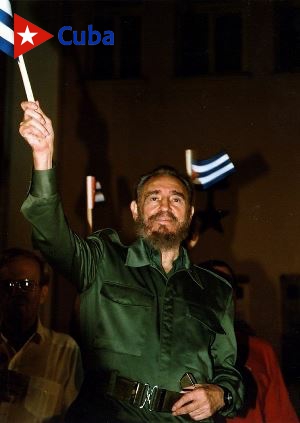
Based on the experience and the suffering he witnessed on the Cauto River Plain, when our helicopter pilots violated all the rules of air navigation to rescue those waving from the roofs of their huts, the Comandante also understood the importance of having a Civil Defense system that would make it possible to foresee and plan a response well in advance, so that the protection of human lives and material resources would not be at the mercy of improvisation.
It cannot be categorically stated that the country’s water program and the Civil Defense system are the exclusive offspring of Flora’s waters – both projects continued to be enriched with new experiences and ongoing work – but Fidel himself acknowledged more than once that that hurricane, considered one of the worse catastrophes ever to hit the country, marked a before and after in Cuba’s response to the demands of nature.

